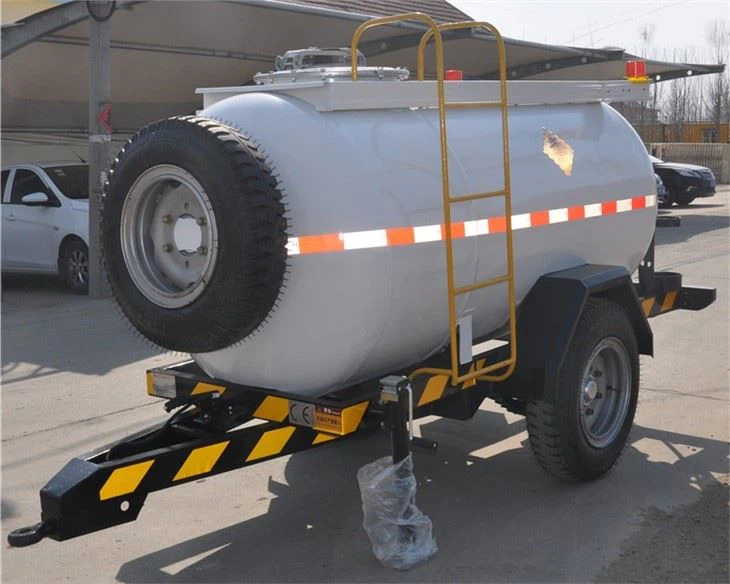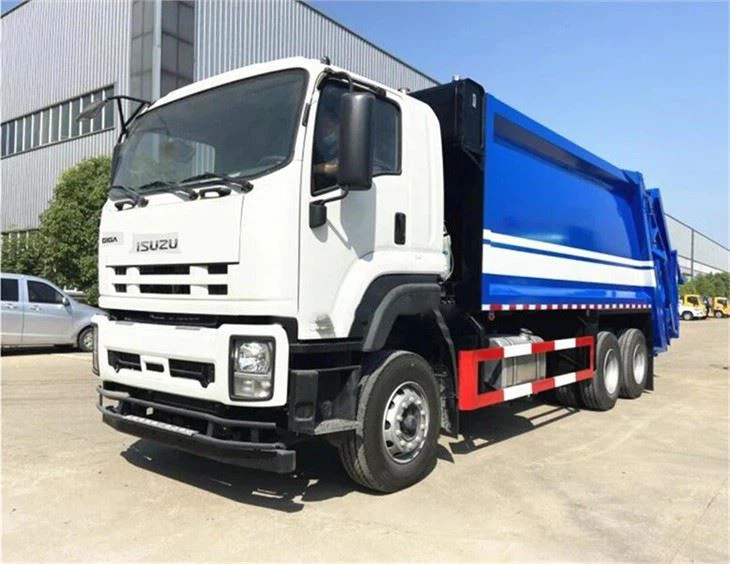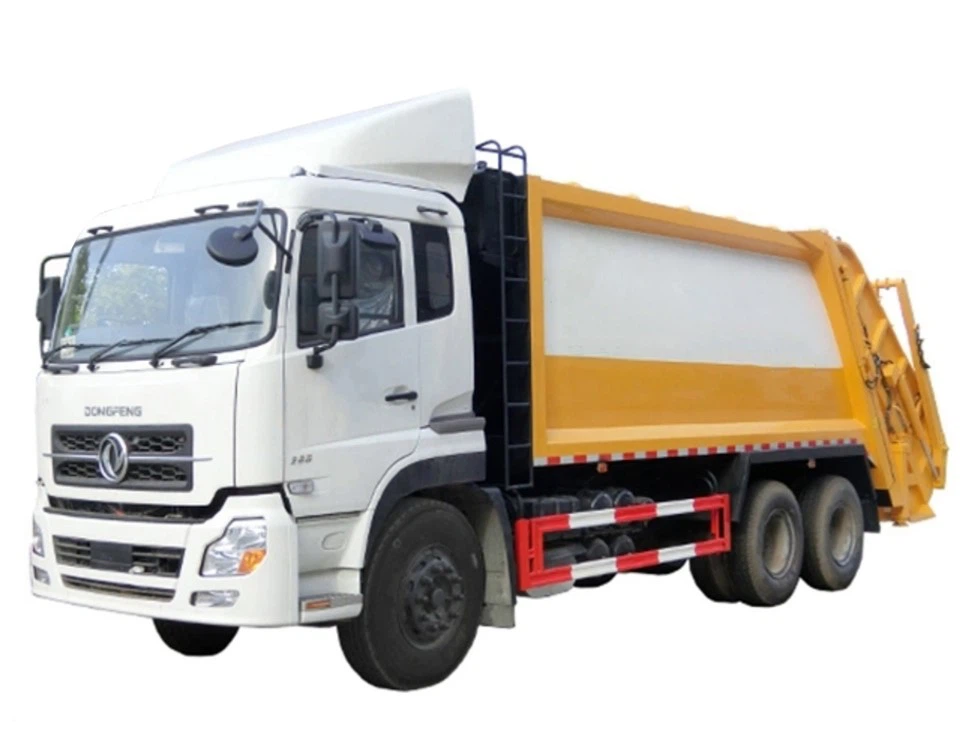Understanding the 40 Tank Container: A Comprehensive Guide

The 40 tank container is an essential component of modern logistics, particularly for the transportation of liquids and gases. This article will delve into the intricacies of 40 tank containers, exploring their design, applications, benefits, and tips for effective utilization. Whether you’re in the shipping industry or simply looking to understand more about this fascinating subject, we’ve got you covered.
What is a 40 Tank Container?
A 40 tank container is a standardized intermodal container designed to carry liquids or gases. Typically measuring 40 feet in length, these containers can hold a variety of commodities like chemicals, oils, and food products. Their design allows for transportation on ships, trucks, and trains, making them versatile for global logistics.
Specifications of a 40 Tank Container
| Specification | Details |
|---|---|
| Length | 40 feet |
| Width | 8 feet |
| Height | 8.5 feet |
| Max Payload | Approximately 30,000 kg (66,139 lbs) |
| Volume | Approx. 26,000 liters (6,887 gallons) |
| Material | Stainless steel or aluminum |
Types of 40 Tank Containers

There are various types of 40 tank containers, each designed for specific uses. Understanding the different categories helps in selecting the right type for your needs.
Standard 40 Tank Container
The standard model is designed for transporting non-hazardous liquids. These tanks are built to endure different environmental conditions and ensure safe transit to their destination.
Isotank Container
Isotank containers are insulated and often used for transporting temperature-sensitive liquids like chemicals or food products. They maintain a consistent temperature during transit.
Specialized 40 Tank Containers
These include containers specifically designed for transporting hazardous materials, such as chemical tanks that adhere to strict safety regulations.
Applications of 40 Tank Containers
40 tank containers serve multiple industries, making them a vital component in global trade. Here are some primary applications:
Chemical Transportation
One of the most common uses for 40 tank containers is the transportation of various chemicals. Their robust design helps in securely moving hazardous and non-hazardous materials.
Food and Beverage Industry
40 tank containers are utilized for transporting liquids such as juices, oils, and dairy products. The containers are designed to meet health regulations, ensuring the safety of food products during transport.
Petrochemical Sector
In the petrochemical industry, 40 tank containers are essential for transporting fuels, oils, and other liquid hydrocarbon products. Their ability to maintain integrity during transit is crucial in this industry.
Benefits of Using 40 Tank Containers
The adoption of 40 tank containers offers several advantages to businesses:
Efficiency in Transportation
40 tank containers streamline the logistics process by allowing for easy loading and unloading, reducing transit times significantly.

Cost-Effectiveness
Transporting liquids in bulk using tank containers can lead to significant cost savings compared to smaller packages, which require more handling and transport costs.
Safety and Compliance
These containers are built to meet international safety standards, ensuring compliance with regulations related to transporting hazardous materials.
Choosing the Right 40 Tank Container
Selecting the appropriate tank container is crucial for successful transportation. Consider the following factors:
Type of Liquid
The nature of the liquid being transported (hazardous vs. non-hazardous) greatly impacts the choice of tank container.
Regulatory Compliance

Ensure the chosen container meets all local and international shipping and safety regulations.
Transport Mode
Consider how the container will be transported—are you using ships, trucks, or trains? Compatibility with each transport mode is essential.
Tips for Maintaining 40 Tank Containers
Proper maintenance of 40 tank containers enhances their life span and performance:
Regular Inspections
Conduct routine inspections to identify possible issues such as leaks or corrosion. Document the inspection results for future reference.
Cleaning and Sanitization
Regular cleaning is essential, especially for containers used in transporting food products. Implement a cleaning schedule to maintain hygiene standards.
Document Transport Records
Always keep accurate records of what is transported in each container, including origin and destination, for safety and compliance purposes.
Future Trends in 40 Tank Container Usage
The logistics industry is continually evolving. Here are some trends shaping the future of 40 tank containers:
Technological Innovations
Adoption of smart technologies like IoT for real-time tracking and monitoring of container conditions is on the rise. This helps in proactive decision-making and enhances safety.
Increased Demand for Eco-Friendly Solutions
As sustainability becomes more critical, there is a rising demand for tank containers made from eco-friendly materials and practices.
Expansion of Global Trade
With the continued growth of global trade, the demand for 40 tank containers is expected to increase. This growth encourages innovation in design and functionality.
Frequently Asked Questions (FAQs)
What is the maximum weight a 40 tank container can carry?
The maximum payload is approximately 30,000 kg (66,139 lbs), but this can vary based on the container design and regulations.
Can a 40 tank container be used for hazardous materials?
Yes, specialized 40 tank containers are designed specifically for the transportation of hazardous materials and comply with safety regulations.
How are 40 tank containers cleaned after use?
Cleaning involves rinsing the container with water and detergents, and in some cases, using specialized cleaning agents to ensure the removal of residues.
What types of transportation can the 40 tank container be used with?
40 tank containers can be used for multiple modes of transportation, including ships, trucks, and trains.
Are there any size variations of tank containers?
Yes, while 40 feet is a standard size, there are also smaller variations, such as 20-foot tank containers, designed for different shipping needs.
How do I choose a reliable supplier for 40 tank containers?
Look for suppliers with a solid reputation, positive customer reviews, and a track record of compliance with safety and regulatory standards.
